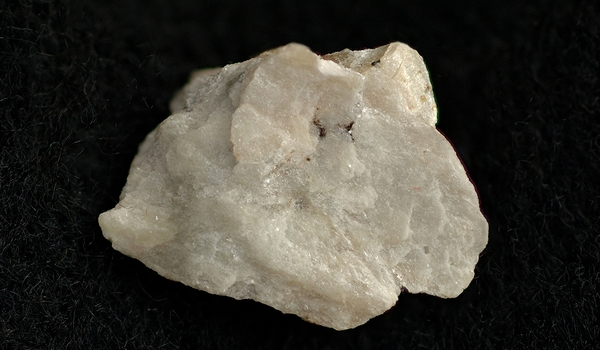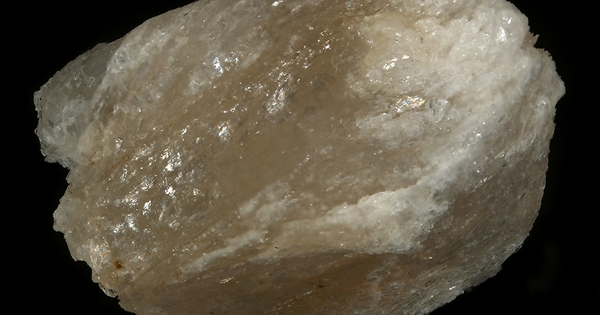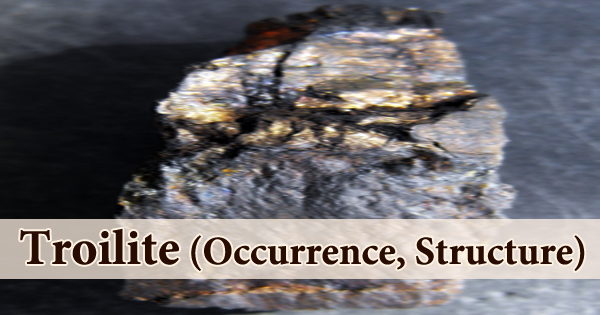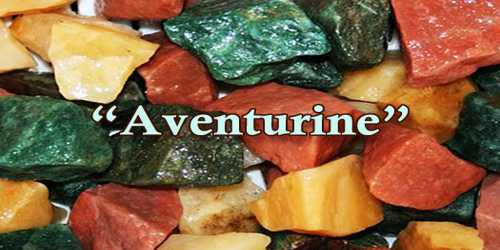Paragonite is a mineral, related to muscovite. It is a mica mineral similar to muscovite, a basic silicate of sodium and aluminum; a member of the common mica group. Its empirical formula is NaAl2(AlSi3O10)(OH)2. A wide solvus separates muscovite from paragonite, such that there is little solid solution along the vector Na+K+ and apparent micas of intermediate composition is most commonly a microscopic (or even sub-microscopic) intergrowth of two distinct micas, one rich in K, and the other in Na.
It was first described in 1843 for an occurrence at Mt. Campione, Tessin, Switzerland. The name derives from the Greek, paragon, for misleading, due to its similar appearance to talc. It seems probable that much paragonite has been mistaken for muscovite. Fine-grained paragonite, like muscovite, is called sericite, or white mica.
General Information
- Category: Phyllosilicates (Micas)
- Formula: (repeating unit) NaAl2(AlSi3O10)(OH)2
- Crystal system: Monoclinic
- Crystal class: Prismatic (2/m) (same H-M symbol)
- Color: Colorless, pale yellow, grayish, grayish white, greenish, light apple-green

Properties
- Crystal habit: massive, fibrous, or scaly
- Cleavage: Perfect on the {001}
- Fracture: Micaeous
- Tenacity: Elastic
- Mohs scale hardness: 2.5 – 3
- Luster: Pearly
- Streak: White
- Diaphaneity: transparent to translucent
- Specific gravity: 2.78
- Optical properties: Biaxial (-)
Occurrences
Paragonite occurs in low- to medium-grade metamorphic schists and phyllites, in muscovite-biotite gneisses, quartz veins, fine-grained sediments, and glaucophane-bearing rocks.
It is ncommon, but may be in large amounts, in low- to medium-grade metamorphic schists and phyllites, in muscovite-biotite gneisses, quartz veins, ¯ne-grained sediments, and glaucophane-bearing rocks.
It is a common mineral in rocks metamorphosed under blueschist facies conditions along with other sodic minerals such as albite, jadeite and glaucophane. During the transition from blueschist to greenschist facies, paragonite and glaucophane are transformed into chlorite and albite.
















